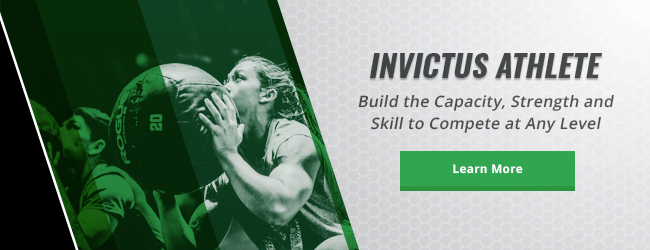Deficit Deadlifts – Why We Use them & How to Do Them
Video by Hunter Britt
This can be a challenging movement for some – that extra couple of inches the bar must travel at the beginning of the pull requires good mobility in the lower extremities and also the spine. But if executed properly, Deficit Deadlifts can be immensely rewarding in the form of strength gains and PRs in the long run.
That longer pull from the floor and additional range of motion (ROM) is one of the main reasons we prescribe this lift to our athletes as it is often the weakest link in deadlifts. With the longer distance to pull also comes increased time under tension (TUT) and increased TUT = increased strength gains.
Due to the increased ROM and positioning, don’t attempt to lift as much as you would for your regular deadlift. Instead, start with a much lower weight – even 50% or less – to practice the movement first. Then, expect to use anywhere from 60-80% of your deadlift for a given workout.
Remember that the point is to make you stronger, not to injure you. So if you are unable to set up and pull safely from the Deficit Deadlift position, choose another version for now but make it a goal to address the issues that are keeping you from being able to do so like the hips, ankles, calves and thoracic.
Check out the video where Invictus Athlete Coach, Hunter Britt, shows you how to set up for and execute Deficit Deadlifts and gives you a few focus points so you can make sure your lifting is to your advantage.
